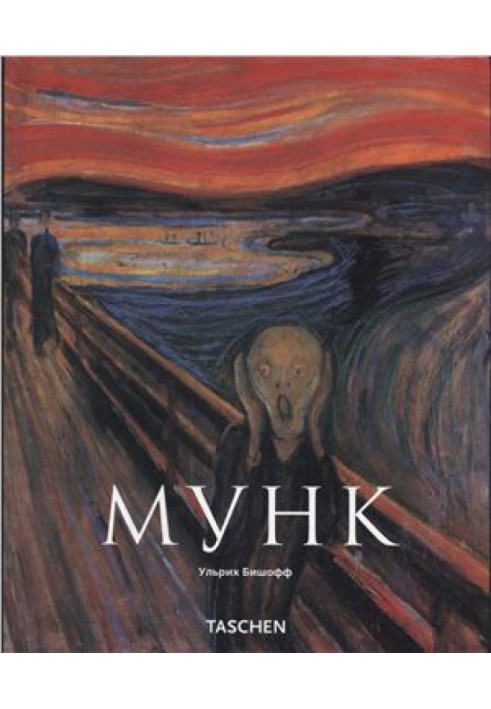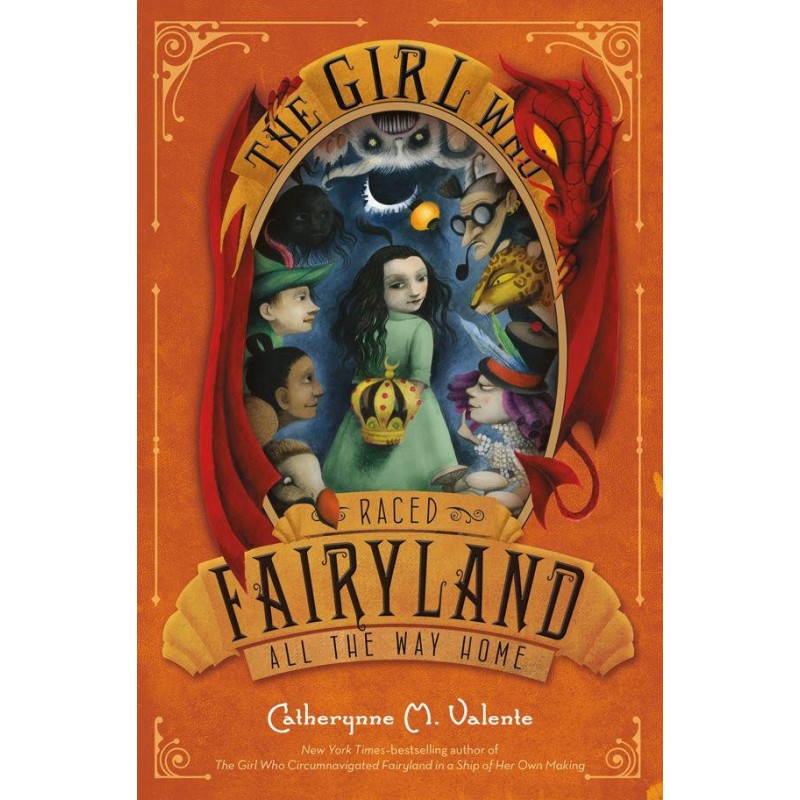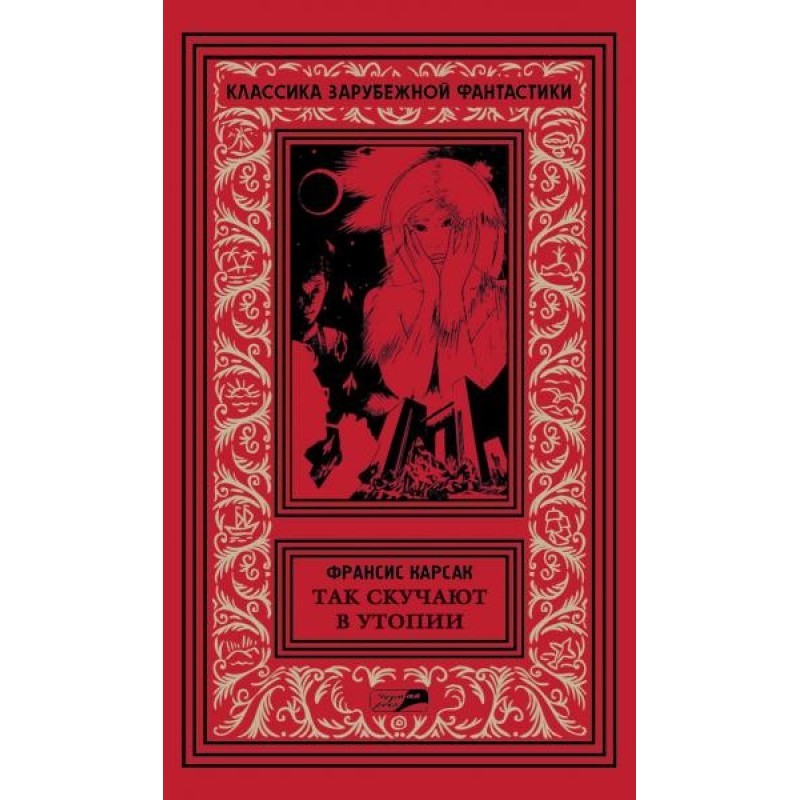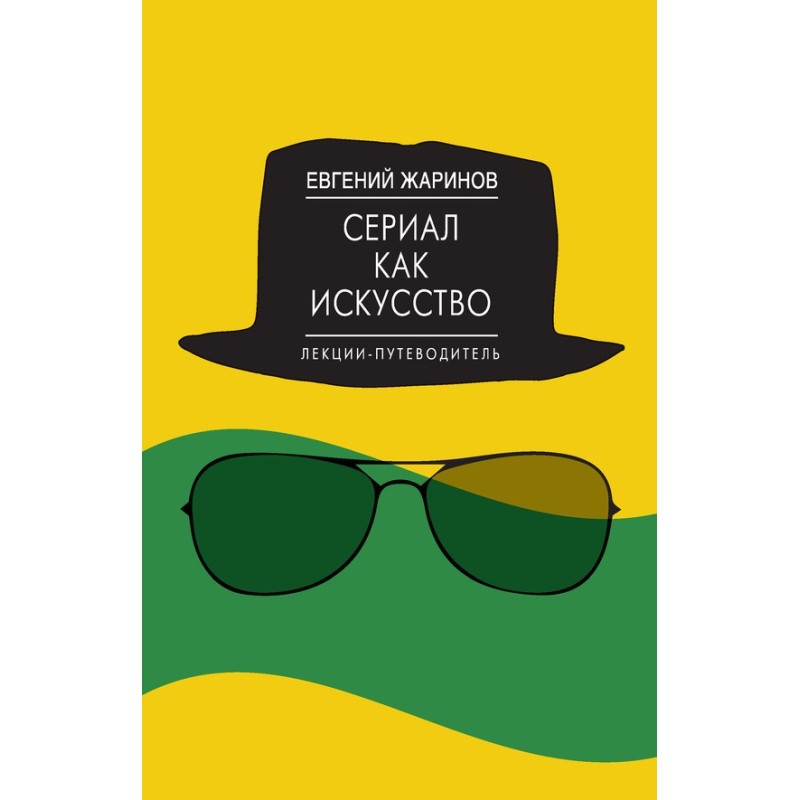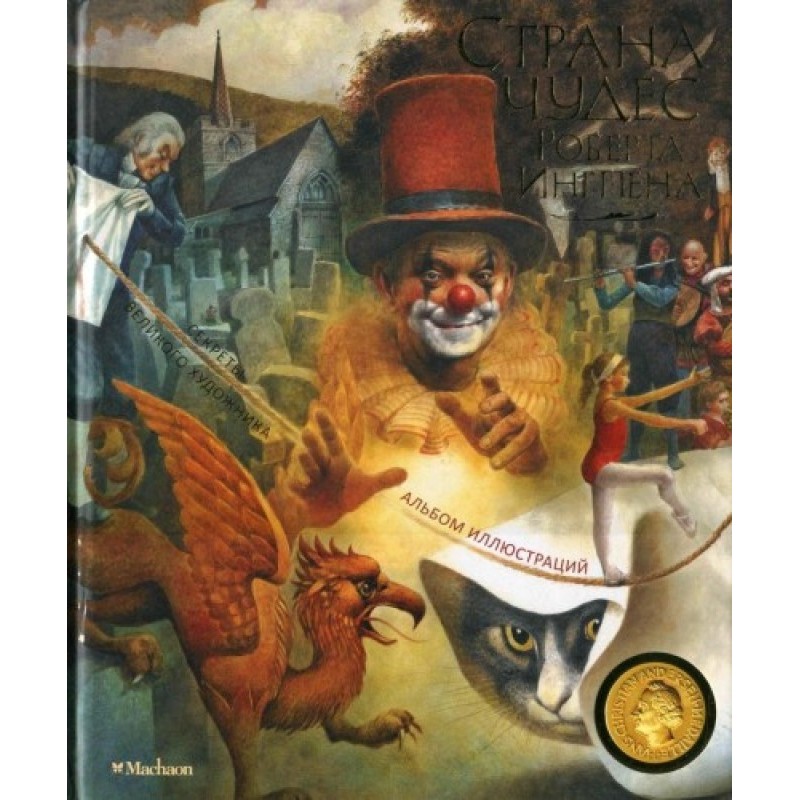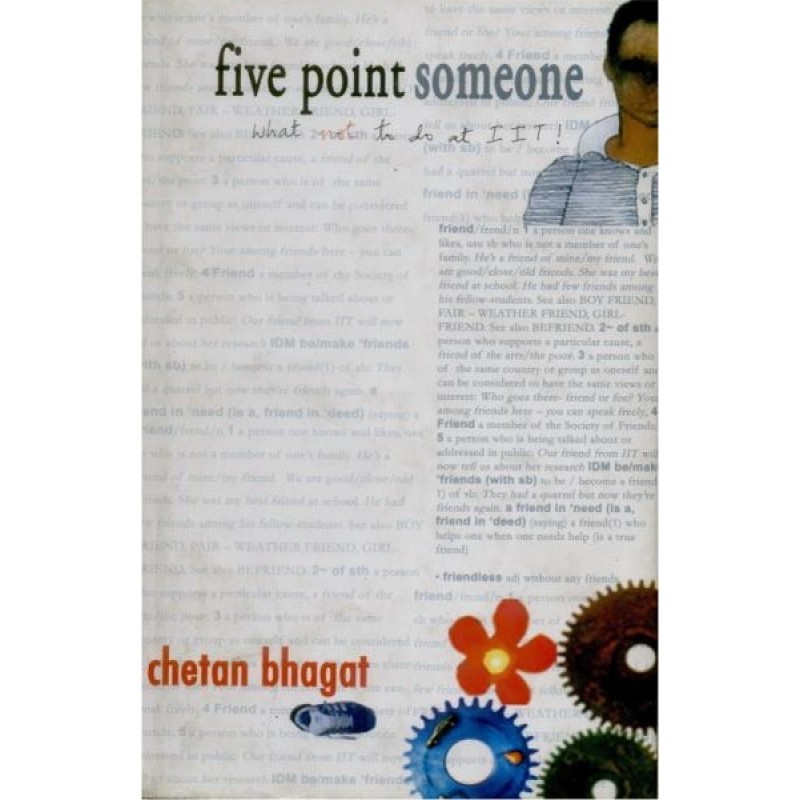Edvard Munch
 Instant download
Instant download
after payment (24/7)
 Wide range of formats
Wide range of formats
(for all gadgets)
 Full book
Full book
(including for Apple and Android)
A book about the Norwegian painter, engraver, sculptor, expressionist Edvard Munch. He was very popular during his lifetime. He painted paintings on themes: love, death, despair. After 1914, he no longer addressed this topic. He worked a lot on portraits, landscapes, and scenes of everyday worker and peasant life. The artist was greatly impressed by Impressionist painting in Paris. Gradually, Munch’s work acquired a purely individual character and his invariably heightened sensitivity. A supporter of plein air painting, he first painted realistic landscapes. In the 1890s his style became more decorative. Moving away from naturalism, he turned to fantastic subjects drawn from Norwegian folklore, ballads and fairy tales.
Munch's engravings are as significant as his paintings; he achieved particular skill in woodcuts (illustrations for "Flowers evil" by Baudelaire, lithograph on the program "Peer Gynt" by Ibsen). Munch's work, spiritually close to Van Gogh, influenced the development of painting in Germany, Austria and Czechoslovakia. The publication consists of three chapters telling about the life of the artist and the history of the creation of each painting presented in the publication. At the end of the book there is a chronology of the master’s life and work, illustrated with documentary photographs.
Data sheet
- Name of the Author
- Ульрих Бишофф
- Language
- Russian
- Translator
- Александра Ильинична Ильф

